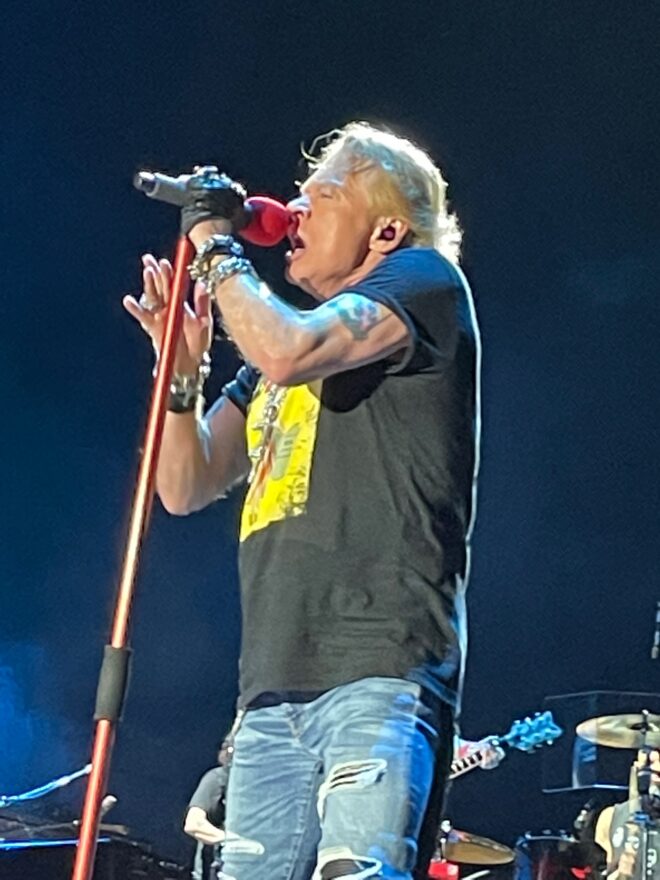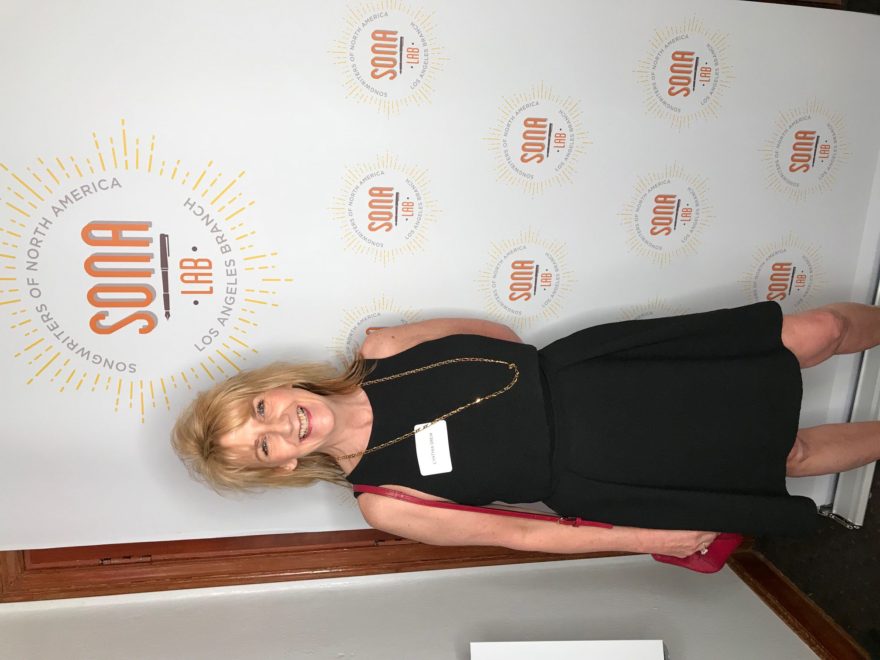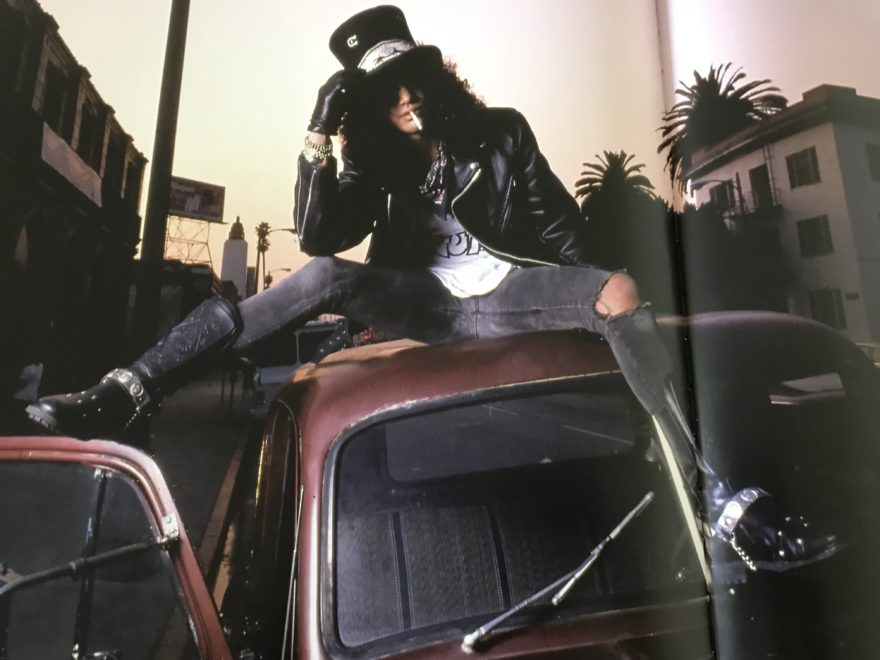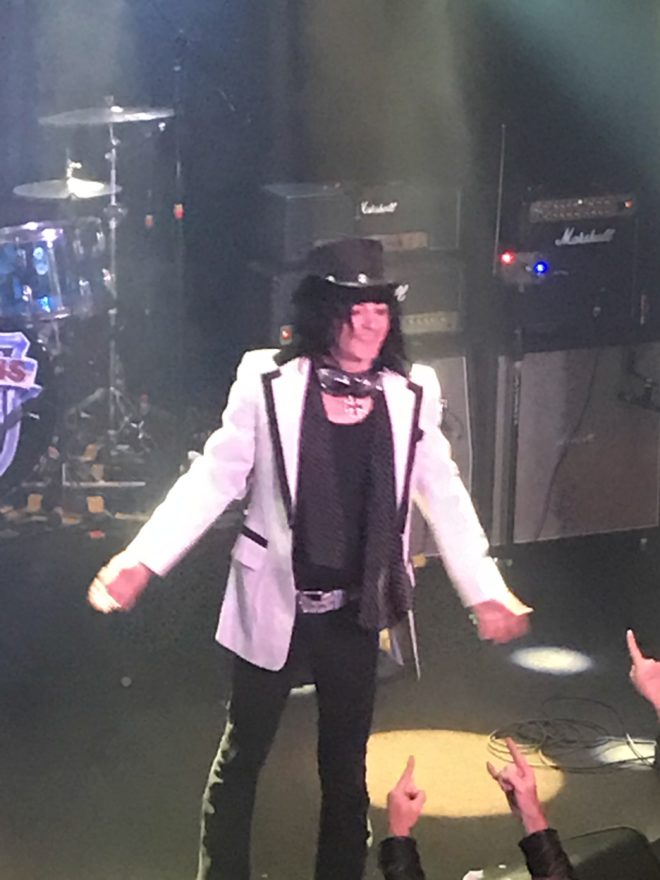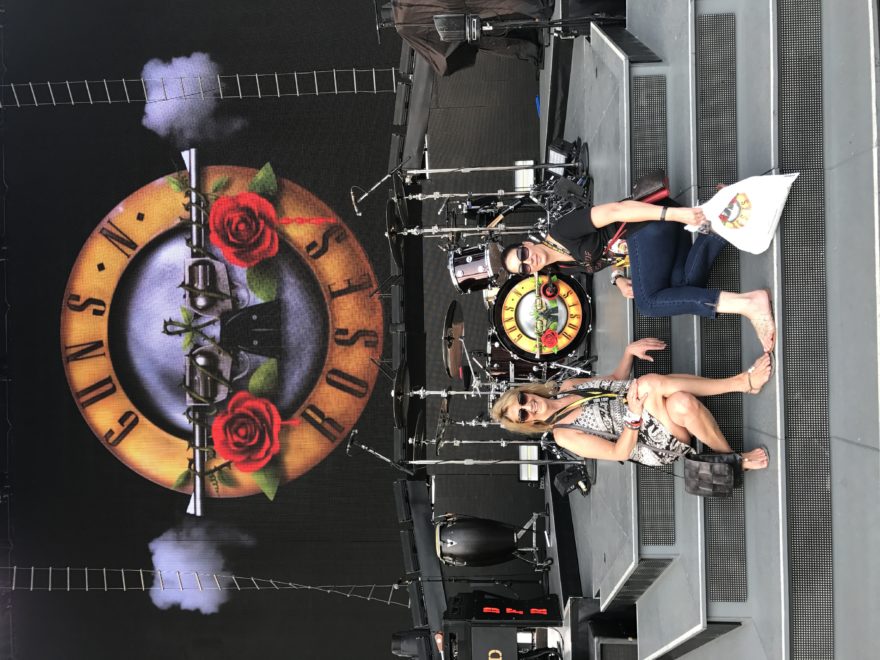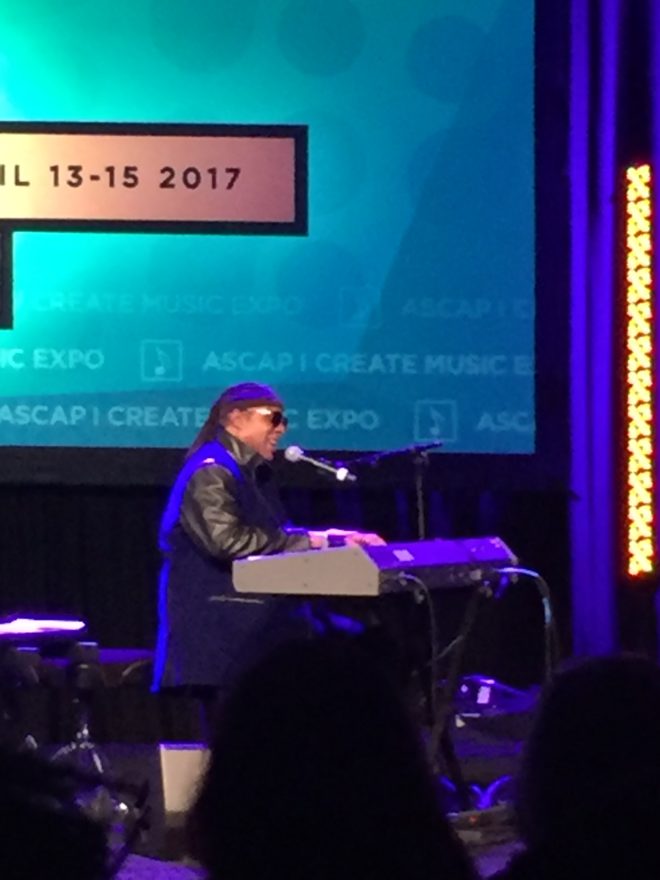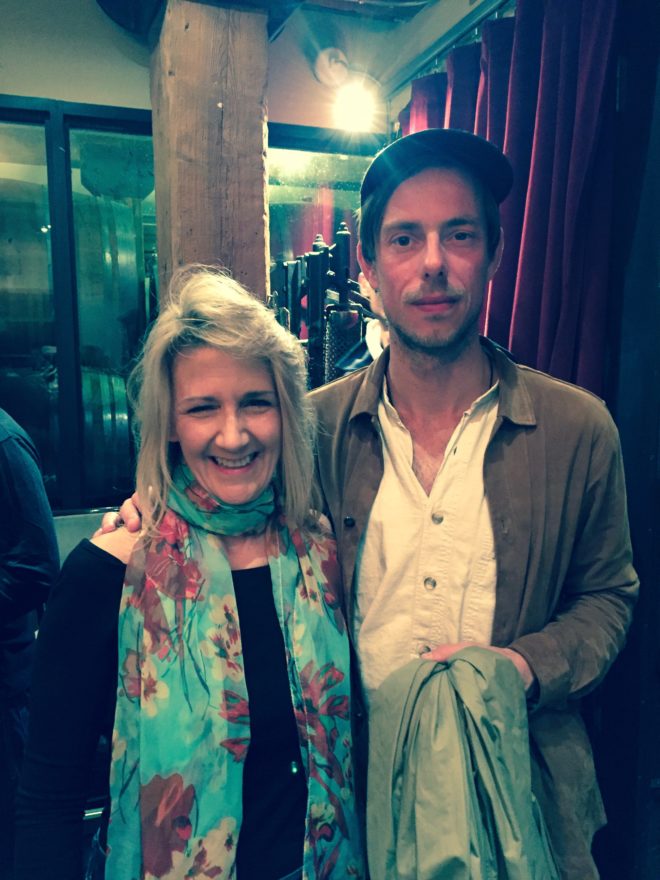I am so pleased to pen my 3rd annual update of “The Musical Artist P&L in Today’s Digital Streaming World” as a follow up to last year. 2015 Update In the evolving recorded music marketplace, 2016 global revenue totaled $15.7 billion, an increase of 5.99% to 2015, the fastest rate of growth since The International Federation of the Phonographic Industry (IFPI) began tracking the market in 1997! This growth, however, should be viewed in the context of the industry losing nearly 40% of its revenues in the preceding 15 years. IFPI
As the recorded music delivery systems evolves, we see a continued shift away from physical sales toward digital. For the first time in history, total digital revenue of $7.8 billion comprises 50% of total recorded music industry revenues. In fact, within the digital revenue category, the explosive growth in streaming, up 68% to 2015, has now overtaken downloads to become the industry’s primary digital revenue source. Physical revenues of $5.3 billion still accounts for 34% of the total and is particularly significant in Japan and Germany. Performance rights revenue, generated by radio and web broadcast play, and public performances totaled $2.2 billion, up 7% to 2015, comprising 14% of the market. Synchronization revenue, from the use of music in advertising, games, film, and television, totaled $400 million at 2% of the total.
While the second year of overall growth in a very long while is certainly encouraging news for an industry that has experienced seismic change since the highs of the late 1990’s and the introduction of the MP3 and digital formats, there is still a lot more work to be done to support and encourage an enduring legacy of artist creativity and musical creation. Global music advocacy groups, and there are many, including The Grammy Creators Alliance, The Future of Music Coalition, and the Berklee College of Music’s Rethink Music Initiative, are increasing their efforts in support of Songwriters and Recording Artists.
The key issues are:
- Creating a level playing field in ad-supported digital user upload platforms like YouTube.
- Encouraging open market negotiated rates for Songwriters at the 2017 U.S. Copyright Royalty Board compulsory rate hearings, same as for Recording Artists.
- Adding a sound recording royalty in the U.S. for terrestrial broadcast radio play, same as for webcast radio, and for broadcast radio internationally.
- Engaging technology to properly identify all content creators of a musical work, to ensure the complete and accurate flow of royalty compensation.
On a positive note, the explosive worldwide growth of streaming music has opened new markets. Further, digital streaming and social media platforms provide rich consumer consumption and sentiment data for industry participants to feast upon and better target music promotion.
In the United States, 2016 U.S. Record Industry sales revenue totaled $7.7 billion on 1 billion units sold, at a total average unit price of $5.99. In comparison to 2015, sales revenue increased 11%, and the average unit price increased from $4.28, very promising news! RIAA 2016 Year End News


Current trends across the globe in recorded music consumption are consistent. Consumers are purchasing fewer CD’s and digital downloads, while increasing subscriptions to digital streaming services. While the overall revenue trend for digital streaming is increasing, we have yet to reach full exploitation of this market. In the U.S., paid subscriptions sales have grown from $181 million in 2005 to $2.3 billion in 2016. The average price of an annual subscription was $99.92 in 2016, down from $139.15 in 2005, and down from $189.58 at its highest level in 2009.


Looking at the key issues moving forward, I am thrilled to learn of Google’s apparent interest in appreciating the position of musical rights holders. This is to address the huge value gap between the ad-supported user upload audience of an estimated 900 million users, the world’s largest on-demand music audience, and the tiny piece of digital streaming revenue it generates, a mere $634 million globally or 4% of total recorded music revenue in 2015. Google’s You Tube platform claims protection from “safe harbour” rules that were established in the early days of the internet, intended to protect truly passive online intermediaries from copyright liability. Musical rights advocates view this platform as active engagement in the distribution of music and should therefore be subject to music licensing practices that all other forms of digital music are governed by today. While I have estimated Google’s You Tube 2015 revenue to be $7.5 billion, a mere 11% of total revenue, these revenues continue to grow outright, and as an increasingly larger share of the Google revenue pie. Some music industry experts have correctly identified this threat to Google’s business plan; that to continue to build shareholder wealth on an increasingly fragile business model is not a wise long term strategy. Please note these figures are estimates made by industry experts, as Google does not provide transparency of product line financial performance. More on Google here.
As to the serious dilemma of capturing all the correct songwriting “metadata” to facilitate royalty payments to musical creators, the Digital Data Exchange LLC (DDEX) Digital Data Exchange LLC (DDEX), a digital supply chain standards organization comprised of a consortium of leading media companies, music licensing organizations, digital service providers and technical intermediaries, continues their efforts to evolve the global musical licensing messaging architecture. The business of songwriting, music publishing, and associated catalog sales in the global digital recorded marketplace makes for a highly complex and fragmented rights and royalty system. There are no easy solutions, particularly as to historical musical works. The focus is on developing a sustainable model going forward. At a recent AIMP roundtable discussion with Mark Isherwood, The DDEX Secretariat who heads up the Standards working group, we learned that their long term focus is to develop the capability for ownership information to be identified during the recording studio production process.
As to the evolving technology to facilitate proper metadata identification of songwriters and publishers, there are two firms you need to know about, Auddly and Dubset Media. I learned about Auddly at the 2017 ASCAP I Create Music Expo, at a very informative panel led by Founder and CEO Niclas Molinder whose veteran songwriting, production, and publishing experience makes him uniquely qualified to lead the charge on this. The Auddly platform is unique in that it provides the world’s first cloud platform to store and share song data with co-writers, and has already gained massive traction worldwide.
As to the extremely complex and onerous job of licensing rights in the mix and remix distribution world is the firm Dubset Media. Imagine having a technology platform that has the algorithmic capability to listen to a song and determine the pieces of mixes and remixes in this expanding medium. That is really impressive and quite frankly, very necessary!
I recently attended the annual ASCAP “I Create Music Expo” and it was a terrific experience! Not only did I get to hear music legend Stevie Wonder talk about his incredible journey from childhood in Detroit, Michigan, to global superstar, but of course this lovely intimate dialog, to a packed ballroom at the Loews Hollywood Hotel for ASCAP’s Key Note Address, was filled with the breathtaking and soulful music only a legend could create. The audience was captivated as Stevie talked about childhood memories of climbing trees with his friends, despite what anyone had to say about that; to the very relevant and important political issues we face, where even today as a musical legend, he is advised to tread lightly when speaking up, as this may affect his ability to make a living.
What can you do to help ensure an enduring legacy of musical creation? ASCAP encourages you to urge your members of Congress to protect the rights of songwriters! Contact your representatives here. Behind every great song is a songwriter. But too often, outdated federal government regulations impact how much American songwriters get paid for their work. It’s time to let the marketplace decide. Contact your representatives in Congress today and ask them to #StandWithSongwriters by supporting reforms to modernize the US music licensing system.
On March 8, 2017, organizations representing songwriters and the music publishers who support them, including The National Music Publishing Association (NMPA) and Nashville Songwriters Association International (NSAI), began presenting their case to the Copyright Royalty Board (CRB) to determine the new mechanical royalty rates for interactive streaming services under section 115 of the US Copyright Law. The Digital Service Provider (DSP) interests, represented in the proceedings by Spotify, Pandora, Apple, Google and Amazon, will deliver opposition in proposals that seek to decrease the current rates. During the trial the CRB will hear evidence and arguments to determine mechanical royalty rates and terms by the end of the year to take effect from 2018 until 2022. If you are a songwriter or know a songwriter, please encourage them to reach out to the Association of Independent Music Publishers (AIMP) by emailing julia@aimp.org to share your perspective on this important topic. The AIMP will make sure your thoughts are shared in a meaningful way.
To wrap it all up in true Rock&Roll form, may I suggest you check out the following great sources of Rock&Roll intel and entertainment, California Rocker Magazine and Hunnypot Unlimited. And finally, in tribute to all the innocent lives taken from us too soon, and in support of the wonderful healing ability of music, I leave you with this gem from some legendary Rockers, in perfect harmony with the eloquence of the Southern California Children’s Choir…. Dream On!
*All U.S. data is sourced by the Recording Industry Association of America database, with all $ figures expressed in 2016 inflation adjusted dollars. Also note that certain forms of revenue cannot be quantified in units sold and are therefore excluded in the average price calculations. This includes Sound Exchange Distribution & Ad-Supported On-Demand Streaming under the Digital Streaming Category, as well as Synchronization revenue. All Global data is sourced by the IFPI 2017 Global Music Report Summary.
To refresh the basics of the Recorded Music Money Flow model, Berklee Rethink Music Initiative, Songwriters and Recording Artists are compensated in three specific ways, for musical composition, sound recording, and streaming mechanical royalty.
Musical composition is specific to the Songwriter(s), who may also be the Artist(s) performing the track. Musical composition royalties are paid through Performance Rights Organizations (PROs) to Songwriters and music publishers where applicable, for terrestrial broadcast radio play (AM&FM), webcast & digital radio play (Pandora & Sirius XM), and digital streaming services (Spotify, Tidal, and Apple Music). Composition royalties for digital sales (iTunes, Amazon, Google Play, eMusic) flow through record labels rather than PROs. For digital sales and streaming services, third party aggregators are involved for Indie labels or through self release where the Artist owns the recording copyright.
Sound recording revenue is paid for webcast & digital radio play, digital download sales, and digital streaming. For webcast & digital radio play, royalties are distributed through Sound Exchange with 50% going to record labels, and 50% to Artists. In the U.S. no sound recording revenue is currently awarded for terrestrial broadcast radio play. Big labels that offer direct deal services pay sound recording revenue directly to Artists for digital download sales and streaming service play. Indie labels follow the big label model but add aggregators like Orchard and INgrooves to handle the processing. For Artists who have gone the self release route and are not represented by a record label, these royalties are paid directly from an aggregator such as CD Baby or Tune Core.
Streaming mechanical royalty revenue is specific to digital streaming revenue and is disbursed to songwriters and publishers through PRO’s and primarily managed by the Harry Fox Agency in the United States.














